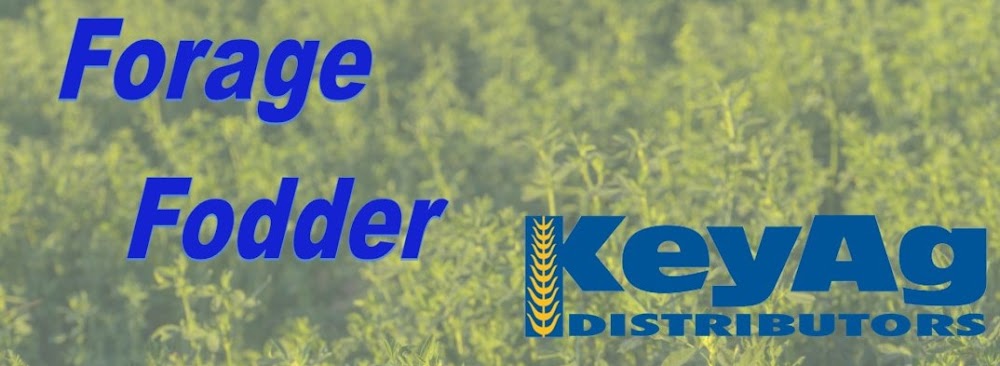Colorado—In the Nov. 4 report, compared to last week, trade activity moderate on good demand for horse hay. Horse hay sold steady to firm this period. Trade activity light on good demand for ranch hay. Trade inactive on all other hay markets. Along the southern Front Range, above-normal temperatures and below-normal precipitation resulted in further degradation, as evaporative demand has remained high, exacerbated by high winds
Missouri—In the Nov. 4 report, compared to last report, the supply of hay is moderate and demand is light to moderate and prices mostly steady. Below average temperatures brought several mornings of heavy frost this week, thus ending the growing season for the year. Grain harvest was still pretty much on hold as the cold luckily wasn’t enough to freeze the ground solid yet and most fields are still too wet following the rains over the last couple of weeks to get into.
Nebraska—In the Nov. 4 report, compared to last week, hay sales in the eastern and central areas of the state sold steady. Alfalfa sales in the western areas sold $5 higher. Demand was moderate in the east and central with good demand for hay in the western areas. Light to moderate snow or rain in some areas of the state Nov. 1 has slowed fall harvest to a crawl or completely stopped. With warmer weather on the horizon farmers should be in the field later this week. Quite a lot of talk on baling cornstalks across the state when the fields dry.
Oklahoma—In the Oct. 29 report, compared to the last report Oct. 14, hay remains steady for much of the state with good demand, but movement is beginning to raise. Although, with the feed cost continuing to raise, hay remains the main feed resource for the producer. Milk prices are still low, dairies are continuing to move to cheaper feed rations. Much needed rainfall was received in parts of the state, but according to the Mesonet most of the state is mainly in an abnormally dry condition. Due to limited sales and price changes, next report will be released Nov. 12.
Texas—In the Oct. 29 report, compared to the last report, hay prices are steady in all regions. Trading activity and demand were moderate. Final cuttings of hay are in place across most of the state. Cutting in the South and Coastal Bend region has once again been delayed due to rain in the region. More fall like temperatures have moved in accompanied by strong winds. Winter wheat has been planted and is beginning to emerge, but it has been spotty in the cental, west, and Panhandle due to a lack of moisture. Hay is beginning to move more as producers are stocking up for winter. However, a lack of trucks and increased trucking prices have slowed down movement some. Due to limited sales and price changes, next report will be released Nov. 12.
New Mexico—In the Nov. 5 report, compared to last week, alfalfa prices steady. Beardless wheat steady on limited supplies. Trade moderate to active, demand good. The hay growing season is over. Cooler temperatures across the state as cold front moved in. This is the last report for the season. Reports will resume in April 2022.
South Dakota—In the Nov. 5 report, compared to last week, all classes of hay remain firm. Very good demand for all types of hay currently. Cattle producers are shipping and weaning calves, which is keeping demand for high quality calf starting hay in high demand. All supplies of hay are much tighter this year due to the devastating drought. Corn harvest finishing up across the state as ground conditions firmed up enough to get equipment into fields. Warmer than average weather late week and over the weekend helping to stretch feed supplies.
Wyoming—In the Nov. 4 report, compared to last week, all reported hay sold steady. Demand remains good throughout Wyoming and into Colorado where dairies have been buying some hay. Normal November weather across the state. Some producers are working on 3rd cutting with other done with haying this season. Corn harvest is a lot slower going than last year and is nearly spot on with the 5 year average of 46% complete. Sugarbeets picked comes in at 91% compared to 84% for the 5 year average. Subsoil moisture for adequate is at 26% which is 10% better than same week last year.
Montana—In the Nov. 5 report, compared to last week, hay sold fully steady. Demand for hay remains very good. A portion of ranchers continue to search for hay however this has started to slow. Limited sales were seen this week. Hay continues to sell out of neighboring states and Canada; delivered prices for these offerings continue to be $285-$325. Producers are starting to market dairy quality hay. Initial asking prices are $350-$375 per ton with most offerings testing over 175 RFV. Several producers have yet to market any of their dairy quality hay. Market activity this week was slow on limited offerings. According to the drought monitor 100% of the state is in moderate drought or worse; 100% of the state is in an severe drought or worse both unchanged from last week. 69.68% of the state is in extreme drought or worse, down 1.15% from last week. 22.59% of the state is in an exceptional drought up 2.48% from last week.


No comments:
Post a Comment